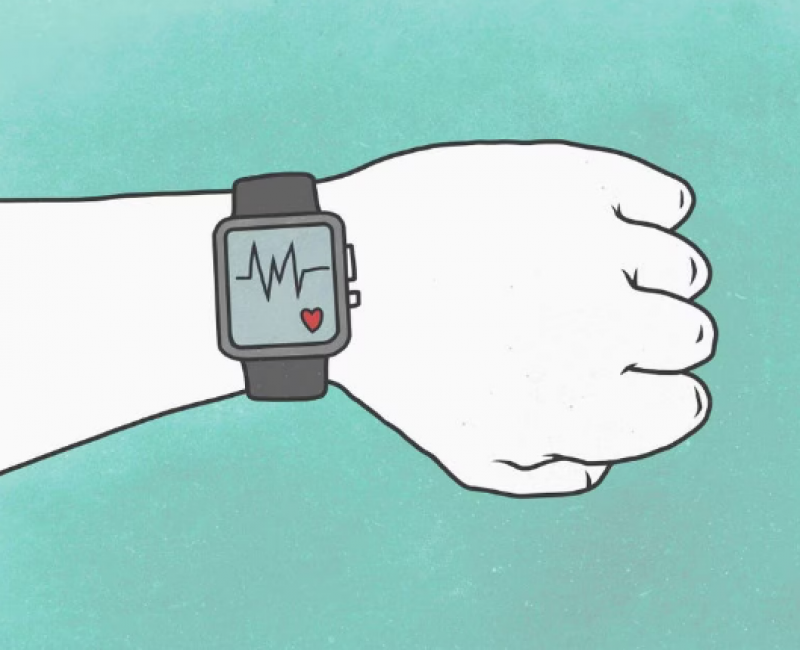You can help prevent heart disease with everyday habits that are easier to implement than you think.
Heart disease is no joke: It’s the No. 1 killer among American men and women, and someone has a heart attack every 40 seconds in the US.
These numbers are scary, but science tells us exactly how to turn them around. We have a wealth of information about heart disease prevention at our fingertips. Yet, case numbers remain high, and the COVID-19 pandemic isn’t helping.
The good news? Preventing heart disease is, generally speaking, easy for people who don’t have preexisting heart conditions. There are challenges, of course, and some that are worsened by the pandemic:
Some people don’t have access to heart-healthy foods and others don’t have the opportunity to see a doctor and get insights about their current health status.
For the most part, however, the average person can significantly reduce their risk of heart disease with simple lifestyle changes, like the nine steps detailed here.
1. Take a daily walk
Decades of research support cardiovascular exercise as a first defense against heart disease. Walking is an easy, simple way to get cardio exercise in, and you can do it pretty much anywhere outdoors or indoors with a treadmill.
Studies show that walking can prevent heart disease risk despite being a less intense modality than other forms of cardio exercise, such as hiking, jogging or cycling.
Plus, research suggests that more people stick to a walking plan over time versus other types of exercise, which makes walking more effective in the long run (no exercise is effective if you don’t keep it up).
And you can always make your walk harder if you want to improve your health even further.
2. Strength train a few times each week
Most research on heart health and exercise has focused on aerobic exercise like walking.
An emerging body of research points to resistance training as another way to reduce your risk of heart disease.
In fact, a 2018 study found that lifting weights for less than one hour a week could reduce your risk for a heart attack or stroke by up to 70% — independent of aerobic exercise, making these results even more significant.
According to Johns Hopkins Medicine, this profound effect probably has something to do with the way weightlifting changes your body composition. Lifting weights helps you build muscle and lose fat. Excess body fat is a major risk factor for heart disease, so any exercise that helps you reduce body fat is helpful.
You don’t need a gym or fancy equipment to start strength training. Bodyweight exercises, such as air squats, push-ups and lunges, provide the same strengthening benefits at home.
3. Eat heart-healthy foods
Many delicious foods have a direct link to improved heart health. In general, a diet rich in whole grains, fruit, vegetables, lean protein and healthy fats from nuts, seeds, fish and oils promotes heart health. If you don’t have access to fresh produce, frozen and canned fruits and veggies work just as well (just be mindful of salt intake when eating canned foods).
4. Limit foods linked to heart disease
On the flip side, several foods have direct links to heart disease. To reduce your risk of heart disease, limit high-fat and high-sugar foods such as potato chips and store-bought desserts. Highly processed foods, including most fast food, processed meats (think hot dogs and cured meats) and boxed snacks like Twinkies and crackers, also contain ingredients harmful to your heart.
Specifically, look out for trans fats (hydrogenated oils) and high-fructose corn syrup, two common key ingredients that aren’t great for your heart. Trans fats increase “bad” cholesterol and triglycerides in your blood, while high-fructose corn syrup is a driver of several heart disease risk factors and comorbidities.
Side note: Don’t be afraid of saturated fat on its own, as research has debunked the myth that saturated fat alone leads to heart disease. Many healthy foods, such as avocados and cheese, contain saturated fats. Processed foods are often high in saturated fat, but it’s more so the trans fats and refined carbohydrates to look out for.



































































































This Post Has 2 Comments
Pingback: The benefits of apple cider vinegar, according to a dietitian – ngrDesk News – Breaking News, Nigerian News, Entertainment, Fashion and Styles, Sport, Business and Politics
Pingback: How to Check Heart Health at Home (Without Fancy Equipment) – ngrDesk News – Breaking News, Nigerian News, Entertainment, Fashion and Styles, Sport, Business and Politics